Results 9,801 to 9,810 of 12096
Thread: Anandtech News
-
08-21-19, 03:11 PM #9801
Anandtech: Dell’s Inspiron 13 7391-Series Ultra-Light Laptops: 10th Gen Core & a dGPU
Among the many laptop families receiving updates today in line with the launch of Intel's 10th gen Core CPUs, Dell has introduced its all-new Inspiron 13 7391-series laptop. The latest Inspiron 13 brings together Intel’s Comet Lake processors, NVIDIA’s discrete GPUs, a spill-resistant keyboard, and an ultra-low weight. In a bid to keep the laptop weight at 955 grams, Dell had to omit usage of a touch-enabled or a 4K display panel, but those who need the lightest notebook possible should find the trade-off worth it.
At the heart of the Inspiron 7391-series is Intel’s 10th gen Core i5/i7 processors, accompanied by NVIDIA’s GeForce MX 250 graphics processor with 2 GB vRAM, up to 8 GB of soldered-down system DRAM, and an M.2 PCIe SSD featuring capacities ranging from 128 GB to 1 TB. The laptop has multiple sensors to determine whether it is used on the desk, in hands, or on lap tops, in a bid to apply appropriate thermal profile to the situation.
The Inspiron 7391 laptop is equipped with a 13.3-inch Full-HD non-touch display panel with thee-sided narrow bezels as well as Dell’s TrueLife LED backlighting. Dell does not disclose the type of LCD it uses, yet it says that it features wide viewing angles. One interesting feature of the monitor is its lid-open sensor that turns on the laptop even when it is completely shut down.
When it comes to connectivity, Dell's latest laptop offers 802.11ac Wi-Fi, one USB 3.1 Gen 1 Type-C port with DisplayPort, one USB 3.1 Gen 1 Type-A, one HDMI 1.4 port, a microSD card reader, a 3.5-mm connector for headsets, and a power plug. Multimedia capabilities of the notebook include a Windows Hello-capable webcam, stereo speaker, a microphone array, a Windows Hello-supporting fingerprint reader, and other essentials.
The Dell Inspiron 7391-series comes in a chassis made of a painted magnesium alloy that is only 14.9 mm thick. Depending on configuration, the Dell Inspiron 7391 will come with a 45 Wh or 52 Wh battery, so its weight will start at 955 grams, but will get higher depending on the spec.
Unfortunately, however, European and North American customers won't be able to buy the Inspiron 7391, at least initially. As it turns out, Dell is initially launching the machine in Brazil, China, and Japan. Considering how popular ultralight laptops are in Japan and China, it is not surprising that Dell wants to sell the Inspiron 7391 in these countries. That said, since the market of sub-kilogram notebooks is not crowded in Europe and the US, I would not be too surprised if these machines eventually made it elsewhere after they become available in China (August 23), Japan (September 3), and Brazil (December 11).
Related Reading:
- Dell Launches AMD Ryzen-Based Inspiron 13 7000 2-in-1 Convertible, Starts at $700
- Dell Updates Inspiron 15 7000 Gaming Notebook: GeForce GTX 1060 and Thunderbolt 3
- Dell’s XPS 13 2-in-1 7390 Available: Intel’s 10th Gen Core CPUs Inside
- VAIO’s 2-Pound 12.5-Inch Laptop Weds Miniature Dimensions & Vast Connectivity
- Fujitsu Announces 13.3" Lifebook U937/P and UH75/B1: 7th Gen Core i5, 8hr Battery, Under 1.77 lbs
- Dynabook Shows Off New G-Series Laptops: Under 2 Pound Ultrabook With 19 Hour Battery Life
Source: Dell
More...
-
08-22-19, 10:04 AM #9802
Anandtech: ASUS Launches AMD Ryzen-Based ZenBooks: Two Laptops & a Convertible
ASUS has quietly added three ZenBooks based on AMD’s Ryzen Mobile 3000-series APUs to its lineup. One of the machines is a convertible ZenBook Flip 14, the other two are traditional ZenBook 14 notebooks. All three mobile PCs offer what you come to expect from ZenBook-branded laptops: stylish design, sleek aluminum chassis, high performance components, robust connectivity, and various premium features like Harman Kardon-badged audio or a NumberPad touchpad.
The lineup of ASUS ZenBook notebooks powered by AMD’s 15 Watt Ryzen 7 3700U Mobile or Ryzen 5 3500U Mobile with integrated Radeon Vega graphics currently includes three models: the relatively basic ZenBook 14 UM431DA, the more premium ZenBook 14 UM433DA, and the convertible ZenBook Flip 14 UX462DA.
All the ASUS ZenBook systems based on AMD’s Ryzen Mobile APUs feature a 14-inch InfinityEdge Full-HD display with or without touch support that cover 100% of the sRGB color gamut. While all of the mobile PCs feature thin bezels, the UM433DA seems to feature the thinnest bezels, whereas the UM431DA has the thickest. Meanwhile, the ZenBook Flip 14 UX462DA naturally supports touch, can work with the ASUS Pen (1024 pressure levels, 10-300 grams pen-tip force, Windows Ink, etc.), and features the company’s 360-degree ErgoLift hinge
When it comes to internals of the ZenBook 14 UM431DA, ZenBook 14 UM433DA, and ZenBook Flip 14 UX462DA, they are all powered by AMD’s quad-core Ryzen Mobile 3000-series APUs with integrated Radeon Vega graphics that are paired with 8 to 16 GB of DDR4-2400 memory as well as an SSD ranging from 256 GB to 1 TB (see exact specs in the table below). In a curious move (perhaps for cost-cutting reasons) ASUS decided to use SATA or PCIe 3.0 x2 SSDs on most SKUs; only the most expensive 1 TB SSD features a full PCIe 3.0 x4 interface.
From connectivity standpoint, we have a fairly standard machines with 802.11ac Wi-Fi, Bluetooth, USB Type-A and USB Type-C connectors, an HDMI display output, and a 3.5-mm audio jack. Meanwhile, only the model UM433DA supports USB 3.1 Gen 2 despite the fact that AMD’s mobile platform fully supports the technology.
As far as battery life is concerned, the ZenBook 14 UM431DA and the ZenBook 14 UM433DA are equipped with 47 Wh and 50 Wh batteries rated for up to 12 hours of work on one charge. By contrast, the convertible ZenBook Flip 14 UX462DA comes with a 42 Wh battery rated for 9 hours.
Wrapping things up, the ZenBook Flip 14 with AMD's processors is available in many countries in different configurations and at various price points. Meanwhile, the ZenBook 14 UM431DA and the ZenBook 14 UM433DA notebooks will be available shortly, with prices to be determined.Specifications of the ASUS ZenBook PCs Based on AMD's Ryzen APUs ZenBook 14
UM431DAZenBook 14
UM433DAZenBook Flip 14
UX462DALCD Diagonal 14" NanoEdge Resolution 1920×1080 Anti-glare Yes ? ? Bezels 6.45-mm bezels 2.9-mm side bezels
3.3-mm bottom bezel4.3-mm bezels Color Gamut 100% sRGB Touch Support No Yes
ASUS Pen supportedProtective Glass ? ? ? CPU AMD Ryzen 7 3700U - 4C/8T, 6MB, 2.3/4 GHz - Radeon RX Vega 10
AMD Ryzen 5 3500U - 4C/8T, 6MB, 2.1/3.7 GHz - Radeon Vega 8Graphics Radeon RX Vega 10
Radeon Vega 8RAM (maximum) 8 or 16 GB DDR4-2400 8 or 16 GB DDR4-2400
soldered down8, 12, or 16 GB DDR4-2400
soldered downStorage SSD 256 GB PCIe 3.0 x2
512 GB PCIe 3.0 x2
1 TB PCIe 3.0 x4256 GB SATA
256 GB PCIe 3.0 x2
512 GB PCIe 3.0 x2Card Reader SD card reader MicroSD card reader Wireless Wi-Fi 802.11ac Bluetooth BT 5.0 BT 4.2 USB 3.1 Gen 2 - 1 × Type-A
1 × Type-C- 3.0 1 × Type-A
1 × Type-C- 1 × Type-A
1 × Type-C2.0 1 × Type-ADisplay Output 1 × HDMICamera 720p 720p + IR camera for face authentication Fingerprint Sensor Optional ? ? Other I/O Microphone, stereo speakers, audio jack Other Sensors ? ? Accelerometer, gyroscope, etc. Battery 47 Wh
12 hours50 Wh
12 hours42 Wh
9 hoursDimensions Width 34.2 cm | 12.7 inches 31.9 cm | 12.6 inches 32.2 cm | 12.37 inches Depth 21.2 cm | 8.34 inches 20.5 cm | 8.07 inches 21 cm | 8.27 inches Thickness 1.59 cm | 0.62 inches 1.58 cm | 0.62 inches 1.89 cm | 0.74 inches Weight 1.39 kilograms
3.06 pounds1.25 kilograms
2.76 pounds1.6 kilograms
3.53 poundsLaunch Price ? ? ?
Related Reading:
- ASUS Unveils ZenBook Edition 30 Laptop: 13.3-Inch Dual Screen with GPU
- HP Reveals Envy x360 15 Laptops with AMD's Latest Ryzen APUs
- The Lenovo ThinkPad A285 (12.5-Inch) Review: Ryzen Pro Gets Down to Business
- Lenovo Lists ThinkPad E485/E585: AMD’s Ryzen Mobile Land in Business PCs
Source: ASUS (1, 2, 3), NotebookCheck, Liliputing
More...
-
08-22-19, 01:21 PM #9803
Anandtech: Dell Announces Alienware Aurora R9: An Ultimate mATX Gaming PC
Living up to its status as a high-end, botique system builder, back in early 2019 Alienware rolled out its "Legend" industrial design. Intended to set the brand apart from competitors, the futuristic design ended up being rather different from other gaming PCs available today. Initially Dell used the new industrial design for laptops and monitors, and this week the company rolled out its first Legend-designed mATX desktop in the Alienware Aurora R9.
The Aurora R9 comes in a Lunar Light or Dark Side of the Moon chassis that isn't quite like anything that we have seen before. In fact, it looks more like an item from Portal rather than a desktop computer. It still has AlienFX RGB lighting (two or three zones) for additional personalization, but even out-of-box the system looks unique.
Inside the new Aurora is a Micro-ATX motherboard based on Intel’s Z370 chipset and is compatible with Intel’s 9th Gen Core i3/i5/i7/i9 processors, with the unlocked K-series parts coming factory overclocked to 4.4 GHz - 4.7 GHz depending on the model. Cooling these chips is in turn is a custom Alienware-badged closed-loop liquid cooling system. Meanwhile, as is traditional for Alienware, the chassis features well-thought airflows, allowing the system to keep up with the cooling requirements of the overclocked processors.
Rounding out the package, the CPU can be paired with up to 64 GB of Kingston HyperX DDR4-3200 memory, either an M.2 PCIe 3.0 x4 SSD with capacities up to 2TB or Intel’s Optane Memory caching SSD, and a 2 GB 7200 RPM HDD.
Being aimed at demanding gamers, the Alienware Aurora R9 can be equipped with a wide range of current-generation AMD Radeon RX and NVIDIA GeForce GTX/RTX video cards. The top-of-the-range models will come with either one GeForce RTX 2080 Ti or two GeForce RTX 2080 cards.
When it comes to connectivity, the Alienware Aurora R9 features a GbE port (enabled by the Killer E2500 controller), a Wi-Fi 5 or Wi-Fi 6 adapter (Qualcomm’s DW1810/DW1820 or Rivet’s Killer AX1650), USB 3.1 Gen 1 Type-A and Type-C connectors, and 7.1-channel audio.
As usual for Alienware, the Aurora R9 can be easily upgraded by the end user, with the case feature toolless access. It is worth noting, however, that Alienware only equips the lower-end models with a 460 W PSU, so upgrade options are a little more limited on those models without a PSU upgrade as well.
The Alienware Aurora R9 is available now, with basic configurations starting at $969.99.
Related Reading:
- Alienware Installs NVIDIA’s GeForce RTX Cards In Aurora and Area-51 Desktops
- Alienware Area-51 Threadripper Edition Announced at E3, Available for Order July 27
- Alienware Refreshes Lineup With Laptop Updates, And Liquid Cooled X51 Desktop
- Dell Unveils G5 Gaming Desktop: Starting at $629
Source: Dell
More...
-
08-22-19, 01:21 PM #9804
Anandtech: Philips Launches Gaming Peripheral Brand in the US
Philips and 3B Tech this week have begun to sell Philips-branded computer peripherals in the USA. The lineup of products includes relatively inexpensive keyboards and mice aimed at gamers and featuring appropriate aesthetics like RGB backlighting. Philips-branded keyboards and mice have been available in China for a while, and now they are formally available in the USA
At present, Amazon sells 13 Philips-branded peripherals: wired or wireless keyboards, mice, and combos. All of the products are aimed at gamers and carry either entry-level or mainstream price tags. Numerous keyboards feature mechanical switches, which are rare in these segments, which will attract attention of those who want quality tactile feedback, but aren't necessarily looking for a premium-priced device.
The top-of-the-range Philips-trademarked keyboard currently on sale is the SPK8614. The unit uses custom "Blue" switches that are either made by Philips, or are produced by a switch maker specially for the brand’s keyboards. The switches feature a 2-mm actuation and require 60G/58.8 CN of force. The keyboard also has a detachable wrist rest, Ambiglow Chroma FX RGB accent lighting, customizable key lightmaps, media controls as well as an aluminum top plate. The Philips SPK8614 keyboard is now available from Amazon for $39.99.
The most advanced Philips-branded gaming mouse sold officially in the USA is the SPK9413, which is equipped with a 2,400-DPI optical sensor and features a 500 Hz polling. The mouse has six programmable buttons as well as Ambiglow RGB breathing light effects. The product is sold for $16.99 at Amazon. Meanwhile, Newegg also offers an advanced Momentum SPK9842 mouse featuring a 16,400 DPI laser sensor, seven programmable buttons, and RGB lights. The product can be ordered via Newegg from China for $96.09.
Being among the best-known high-tech brands, Philips produces a variety of products and also licenses its name to third parties for goods that it does not make itself. This is exactly the case with the peripherals carrying the trademark: the products are made by Shenzhen Youyuan Hongye Electronic based in China that holds an appropriate license. Previously, these devices officially were available only in China, but now the company is expanding their availability to other markets.
Related Reading:
- The 1STPLAYER Bullet Hunter MK6 Mechanical Keyboard Review: Affordable But Good
- Corsair Releases The New Ironclaw RGB Wireless Gaming Mouse
- Logitech Launches G502 Lightspeed Mouse: The Classic Mouse Goes Wireless
- Razer Reveals Mamba HyperFlux Mouse: No Battery, Wireless Charging
- ASUS ROG Launches Pink Peripherals
- Philips Momentum 43-Inch 4K DisplayHDR 1000 DCI-P3 Gaming LCD Now Available
Source: Philips/3B Tech
More...
-
08-22-19, 06:16 PM #9805
Anandtech: MSI’s New Prestige 14 & 15 Laptops Get Intel's Comet Lake-U CPUs & Calibra
Among the many manufacturers launching new or updated laptops this week alongside the release of Intel's new Comet Lake processors is MSI. This week the company is introducing its new compact Prestige 14 and Prestige 15 laptops, which feature Intel’s 10th gen Core CPUs, NVIDIA’s GeForce GTX 16-series GPUs, and a factory-calibrated 4K display. The notebooks are aimed at power users running multiple threads at once – such as content creators and photographers – particularly with the machines' top-end hex-core configurations.
MSI’s Prestige 14 and 15 laptops are based on Intel’s 10th generation Core "Comet Lake-U" processors, which come with up to six CPU cores. Accompanying the CPUs at the high-end is NVIDIA’s GeForce GTX 1650 in Max-Q design configuration. Officially, MSI labels this as an "up to" configuration, however looking at the SKU specs, even the cheapest Prestige 15 inclucdes the 1650. Details on the Prestige 14, on the othe rhard, are harder to come by, and it's not clear what the baseline configuration is there.
Meanwhile in terms of memory and storage, the 14-inch notebook comes with up to 16 GB of LPDDR3-2133 memory onboard and one M.2 SSD featuring a SATA or PCIe 3.0 x4 interface, whereas the 15-incher can be equipped with up to 64 GB of memory as well as two M.2 drives (see exact specifications in the table below).
The Prestige 14 and the Prestige 15 laptops from MSI come in sleek sandblasted aluminum chassis with blue accents that are only 16 mm thick in both cases. The bodies house a 14 or 15.6-inch ‘IPS-level’ panel (which probably means AHVA or something similar), with MSI offering 1920x1080 and 3840x2160 options. All panel options cover 100% of the Adobe RGB color gamut and come factory calibrated to Delta-E
-
08-23-19, 10:00 AM #9806
Anandtech: Giveaway: Supermicro Z390 C9Z390-CGW Gaming Motherboard
Taking us into the final weeks of the summer, we have a new giveaway courtesy of the always awesome Supermicro. The company has sent our community team one of their Z390 ATX motherboards, the SuperO C9Z390-CGW, and one lucky reader is going to win it. So if you’re angling to build a new gaming system around one of Intel’s Socket 1151 9th Gen Core CPUs, then this may be just the part you need to get started.
The C9Z390-CGW is a premium version of Supermicro’s well-regarded ATX sized C9Z390-CG, taking the important elements from that board while adding some additional features. There are a pair of full-length PCIe 3.0 x16 slot with steel slot reinforcement, as well as an unreinforced PCIe 3.0 x4 slot and a trio of x1 slots. The board also includes two PCIe 3.0 x4 M.2 slots, placed above and below the x16 slots respectively. Also included are the usual six SATA ports, which are angled towards the front of the board.
Controller-wise the board is using a Realtek ALC1220 HD audio codec to power the five 3.5 mm audio jacks and S/PDIF optical output on the rear, an Intel I219V Gigabit controller for the GigE LAN port, and a dual-band 802.11ac wireless networking adapter is also included. Unique to this board as a premium feature is a 10GigE controller in the form of Aquantia's popular AQC107 controller, feeding the board's high-speed Ethernet port. The rest of the rear panel is comprised of three USB 3.1 Gen2 Type-A ports, one USB 3.1 Gen2 Type-C port, two USB 3.0 Type-A ports, a PS/2 combo port, and a trio of display outputs consisting of two DisplayPort 1.2 outputs and an HDMI 1.4b port.Supermicro C9Z390-CGW ATX Motherboard Product Page Link Price $290 Size ATX CPU Interface LGA1151 Chipset Intel Z390 Memory Slots (DDR4) Four DDR4
Supporting 128 GB
Up to DDR4-3866Video Outputs 1 x HDMI 1.4b
2 x DisplayPort 1.2Network Connectivity Intel I219-V Gigabit
Aquantia AQC107 10G
Dual Band 802.11ac + BT 5.0Onboard Audio Realtek ALC1220 PCIe Slots for Graphics (from CPU) 2 x PCIe 3.0 x16 Onboard SATA 6 x Onboard M.2 2 x PCIe 3.0 x4 USB 3.1 (10 Gbps) 3 x Type-A Rear Panel
1 x Type-C Rear Panel
1 x Type-C HeaderUSB 3.0 (5 Gbps) 2 x Type-A Rear Panel
2 x Type-A HeaderRGB 2 x 12v Power Connectors 1 x 24-pin ATX
1 x 8pin CPU
The gaming-focused board also includes a pair of 12v headers for RGB lighting. The motherboard itself is also equipped with RGB LEDs, offering numerous lighting options. Control is provided via SuperMicro's SUPERO Booster software.
The giveaway is running through September 6th and is open to all US residents (sorry, ROW!). You can enter below, and you can find more details (and the full discussion) about the giveaway over on the AnandTech Forums.
AnandTech Supermicro Giveaway
More...
-
08-23-19, 02:09 PM #9807
Anandtech: HP Unveils the Omen X 27: A 240Hz QHD Monitor with FreeSync 2 HDR
Among the monitor announcements to come out this week, HP has introduced a new display aimed at hardcore gamers and esports professionals. With a 240 Hz max refresh rate, FreeSync 2 support, and HDR, the Omen X 27 is designed to be a jack of all trades for gaming monitors.
HP's new gaming monitor is based around a high-performance QHD TN panel, sporting a 240 Hz refresh rate, 300/400 nits brightness (SDR/HDR), and a 90% coverage of the DCI-P3 gamut. Seeing a TN panel show up in a (marginally) HDR-capable monitor like the Omen is a relatively recent advancement; for years, TN displays have lagged IPS monitors when it comes to the color space that could be represented. However, recently developed TN panels and new types of backlighting have significantly improved the ability of such LCDs to cover wide color gamuts, a core requirement for HDR support.
The Omen X 27 is also an AMD FreeSync 2-certified monitor, which means that it not only supports a variable refresh rate technology, but also features Low Framerate Compensation (LFC), HDR, and allows select games to tone map directly to the monitor's native dynamic range. In accordance with its HDR support, the monitor also features zoned backlighting, with 16 edge-lit zones across the monitor.
Being aimed at hardcore PC gamers and esports professionals, the HP Omen X 27 has only two display inputs: a DisplayPort 1.4 input and an HDMI 2.0 port. The monitor also features a headphone output, which is common for gaming monitors these days, but it does not have built-in speakers. In addition, the Omen X 27 has a dual-port USB 3.0 hub and an adjustable stand with a headset rest, and a red ambient light.
The combination of a variable refresh rate of up to 240 Hz, HDR, and wide color gamut support will naturally be the key selling point of the monitor. Unfortunately, since HP has not disclosed all the specs of the display, we do not know whether it actually supports the HDR10 transport format, which is important for many. That said, while the monitor is full of interesting features, the whole picture is something that remains to be seen.
HP’s Omen X 27 will be available starting from September in the US at $649 and starting from November in the UK for $£579.99.The HP Omen X 27 General Specifications Panel 27-inch 8-bit TN Native Resolution 2560 × 1440 Maximum Refresh Rate 240 Hz Response Time 1 ms GtG with Overdrive
3 ms GtGBrightness SDR: 300 cd/m²
HDR: 400 cd/m²Contrast 1000:1 Backlighting 16-zone bottom edge lit Viewing Angles 170°/160° horizontal/vertical Curvature none Aspect Ratio 16:9 Color Gamut 90% DCI-P3
sRGBDisplayHDR Tier N/A Dynamic Refresh Rate Tech AMD FreeSync 2 Pixel Pitch 0.2335 mm² Pixel Density 109 PPI Inputs 1 × DisplayPort 1.4
1 × HDMI 2.0Audio Headphone output USB Hub 2 × USB 3.0 Type-A connectors
1 × USB 3.0 inputAdjustments Height: 0-130 mm
Tilt: -5 to +23 degreesMSRP $649
Related Reading:
- Acer Launches Predator XN253QX Monitor with 240 Hz & 0.4 ms G2G Response Time
- AOC’s Agon Monitors with 0.5ms Response Time & 240 Hz Refresh Now Available
- IO Data Launches GigaCrysta 24-inch 1080p Monitors at 240 Hz with HDR10 Support
- Acer Unveils KG1 Displays with Sub-1ms Response Time
- BenQ Announces ZOWIE XL2546 ‘eSports’ Display: 24'', FHD, 240 Hz, DyAc ULMB Tech
- Smooth As 240 Hz Butter: LG's 27GK750F-B, a 27-inch eSports Monitor with FreeSync, Launched for $550
More...
-
08-23-19, 02:09 PM #9808
Anandtech: ASUS Unveils Low-Profile GeForce GTX 1650 Cards
ASUS has quietly added two low-profile GeForce GTX 1650 graphics cards to its products lineup. The boards come with a dual-slot dual-fan cooling system and offer a similar set of essential display connectors.
Like other GTX 1650 cards, the ASUS GeForce GTX1650-4G-LP-BRK and the ASUS GeForce GTX1650-O4G-LP-BRK are based on NVIDIA’s TU117 GPU (896 CUDA cores) and are paired with 4 GB of GDDR5 memory. The two cards are nearly identical, with the O4G version featuring a factory overclock for a bit more performance. Both share the same PCB design with a DisplayPort 1.4 output, HDMI 2.0b port, and even a DVI-D port. They also use the same cooling system comprising of an aluminum heatsink, two IP5X-gradeed dust-resistant fans, and a protective backplate, a rare element in this price segment.
In terms of clockspeeds, the base model sports a boost clock of 1665/1695 MHz depending on the mode (Gaming/OC), whereas the factory overclocked O4G hits 1710/1740 MHz (~3% faster).
Since the cards consume no more than 75 W of power even when working in OC mode, they do not need an auxiliary PCIe power connectors, which means that they are compatible with entry-level desktops from well-known OEMs that usually do not have any spare power plugs inside. Furthermore, being small, energy-efficient, and supporting hardware-accelerated decoding and encoding of HEVC (H.265) and VP9 video at 4Kp60 as well as HDR10, both cards are also well-geared for use in HTPCs.
As is often the case for a quiet, low-profile announcement, ASUS did not disclose recommended prices of the new cards. Keeping in mind that we are talking about mainstream products with some perks, expect them to cost slightly more than NVIDIA’s recommended $149.
Related Reading:
- MSI & ZOTAC with New Double-Slot Low-Profile GeForce GTX 1650 GPUs
- ZOTAC Launches Zbox Q-Series Mini Creator PCs: Intel Xeon & NVIDIA Quadro Inside
- MSI Adds Low-Profile AMD Radeon RX 460 Graphics Cards to Lineup
- GALAX Launches Low Profile GeForce GTX 1050 OC and 1050 Ti OC
- MSI Adds Low-Profile GeForce GTX 1050 Ti to Lineup
- GIGABYTE Quietly Launches Low Profile GeForce GTX 1050, 1050 Ti Graphics Cards
Source: ASUS (1, 2)
More...
-
08-26-19, 12:17 PM #9809
Anandtech: GlobalFoundries Sues TSMC Over Patent Infringement; Apple, Qualcomm, Other
GlobalFoundries has filed a lawsuit against TSMC and its clients in the USA and Germany alleging the world’s largest contract maker of semiconductors of infringing 16 of its patents. Among defendants, GlobalFoundries named numerous fabless developers of chips, including Apple, NVIDIA, Qualcomm, and many others. The plaintiff seeks damages from TSMC and wants courts to ban shipments of products that use semiconductors allegedly infringing its patents into the USA and Germany.
GlobalFoundries says that TSMC infringed 16 of its patents covering various aspects of chip manufacturing (for details, please see the table below), including those chips that use FinFET transistors. In particular, the company claims that TSMC’s 7 nm, 10 nm, 12 nm, 16 nm, and 28 nm nodes use its intellectual property. Considering the fact that the said manufacturing processes are used to make more than a half of TSMC’s chips (based on revenue share), potential damages seeked by GlobalFoundries may count billions of dollars.
GlobalFoundries filed complaints in the US International Trade Commission (ITC), the U.S. Federal District Courts in the Districts of Delaware and the Western District of Texas, and the Regional Courts of Dusseldorf, and Mannheim in Germany. In its lawsuits GlobalFoundries demands damages from TSMC and wants courts to bar products that allegedly infringe its rights from being imported into the U.S. and Germany.
Among the defendants, GlobalFoundries names multiple designers of SoCs, resellers of semiconductors, as well as suppliers of actual devices. Among the big names accused of using GlobalFoundries IP are Apple, ASUS, Broadcom, Cisco, Google, NVIDIA, Lenovo, Motorola, and Motorola. Assuming that the courts take GlobalFoundries’ side, they may ban sales of Apple’s iPhones, NVIDIA GeForce-based graphics cards, smartphones running Qualcomm's chips made by TSMC, various routers, as well as devices (e.g., PCs, smartphones) by ASUS and Lenovo containing chips made by TSMC.
GlobalFoundries says that it wants to protect its IP investments in the US and Europe. Here is what Gregg Bartlett, SVP of engineering and technology at GlobalFoundries, had to say:GlobalFoundries vs. TSMC et al Fabless Chip Designers Makers of Consumer Products Distributors of Electronic Components Apple
Broadcom
Mediatek
NVIDIA
Qualcomm
XilinxArista
ASUS
BLU
Cisco
Google
HiSense
Lenovo
Motorola
TCL
OnePlusAvnet/EBV
Digi-key
Mouser
“While semiconductor manufacturing has continued to shift to Asia, GF has bucked the trend by investing heavily in the American and European semiconductor industries, spending more than $15 billion dollars in the last decade in the U.S. and more than $6 billion in Europe's largest semiconductor manufacturing fabrication facility. These lawsuits are aimed at protecting those investments and the US and European-based innovation that powers them. For years, while we have been devoting billions of dollars to domestic research and development, TSMC has been unlawfully reaping the benefits of our investments. This action is critical to halt Taiwan Semiconductor’s unlawful use of our vital assets and to safeguard the American and European manufacturing base."Related Reading:
- GlobalFoundries Sells Off Photomask Assets to Toppan
- Marvell to Acquire Avera Semiconductor from GlobalFoundries
- GlobalFoundries to Sell 300mm New York Fab to ON Semiconductor
- GlobalFoundries to Sell 200-mm Fab 3E to Vanguard, Exits MEMS Business
- AMD Amends Wafer Supply Agreement with GlobalFoundries: 7nm Freed, 12nm+ Targets Set Through 2021
- GlobalFoundries and Chinese Authorities Reconsider Plans
- GlobalFoundries Stops All 7nm Development: Opts To Focus on Specialized Processes
Source: GlobalFoundries
More...
-
08-27-19, 10:07 AM #9810
Anandtech: Lenovo’s 2019 ThinkPad X1 Yoga: An Ultralight Convertible with Comet Lake
Lenovo on Tuesday formally unveiled its 4th Generation ThinkPad X1 Yoga convertible notebooks aimed at 'road warriors and corporate users'. The new ThinkPad X1 Yoga comes in an all-new aluminum chassis, features a 14-inch display panel, and Intel’s 10th Generation Core i5/i7 Comet Lake processors with four or six cores. While the new hybrid laptops are the lightest X1 Yoga machines to date, they also claim to be the most powerful at least when it comes to general-purpose performance.
For the first time in history of the ThinkPad X1 Yoga product family, the new 4th Gen machines come in a CNC-machined MILSPEC-graded all-aluminum chassis that is up to 15.5 mm thick and weighs around 1.3 kilograms, making the PCs among the most compact and lightweight convertible with a 14-inch display available today. The new ThinkPad X1 Yoga will be offered with the same touch-enabled LCD panel options as the latest X1: some will will come with a Full-HD with ThinkPad Privacy Guard, others will feature a WQHD panel, whereas range-topping SKUs will be equipped with an Ultra-HD display panel with 500 nits brightness, Dolby Vision support, and VESA’s DisplayHDR 400 certification.
Lenovo’s 4th Gen ThinkPad X1 Yoga is based on Intel’s 10th Generation Core i5 or i7 processors with four of six cores as well as Intel’s UHD Graphics 620 GPU. Unlike some previous-generation convertibles, the new ThinkPad X1 Yoga does not use CPUs with higher-performance integrated GPUs. Meanwhile, the systems will come with 8 or 16 GB of LPDDR3 as well as an NVMe SSD of up to 2 TB.
When it comes to connectivity, the new 4th Gen ThinkPad X1 Yoga PCs feature Wi-Fi + Bluetooth featuring an improved antenna design, an optional 4G/LTE-A Cat9 or Cat16 modem, two Thunderbolt 3 ports, USB 3.0 Type-A connectors, GbE with a dongle, an HDMI 1.4 output, and a 3.5-mm audio connector for headsets.
As far as multimedia capabilities are concerned, the new ThinkPad X1 Yoga has a quad-speaker Dolby Atmos-badged audio subsystem, four far-field microphones, and a 720p webcam with IR sensors that can be covered using Lenovo's ThinkShutter.
Lenovo will start sales of the ThinkPad X1 Yoga Gen 4 in the coming weeks. Prices will depend on actual configurations.
Related Reading- Lenovo at CES 2019: 7th Gen ThinkPad X1 Carbon Gets Thinner
- Lenovo Unveils ThinkPad X1 Extreme Gen 2: New CPU, GPU, OLED Display Option
- Lenovo at CES 2019: ThinkPad X1 Yoga Gets Thinner Aluminum Body, 4K HDR LCD
Source: Lenovo
More...
Thread Information
Users Browsing this Thread
There are currently 19 users browsing this thread. (0 members and 19 guests)





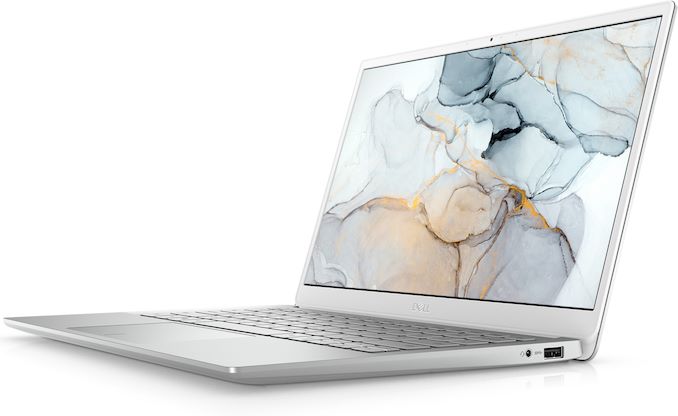

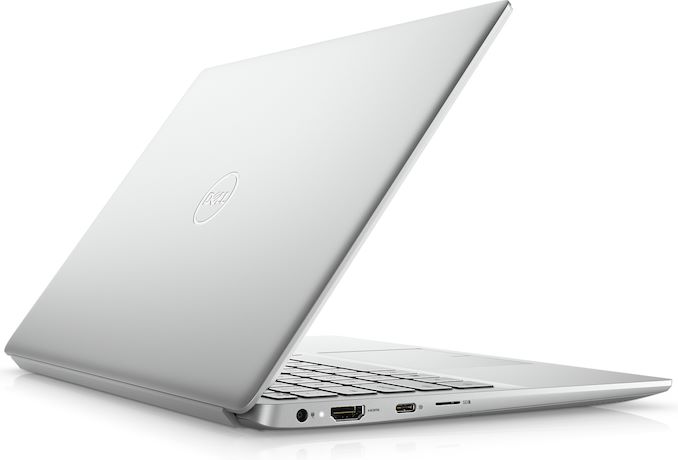
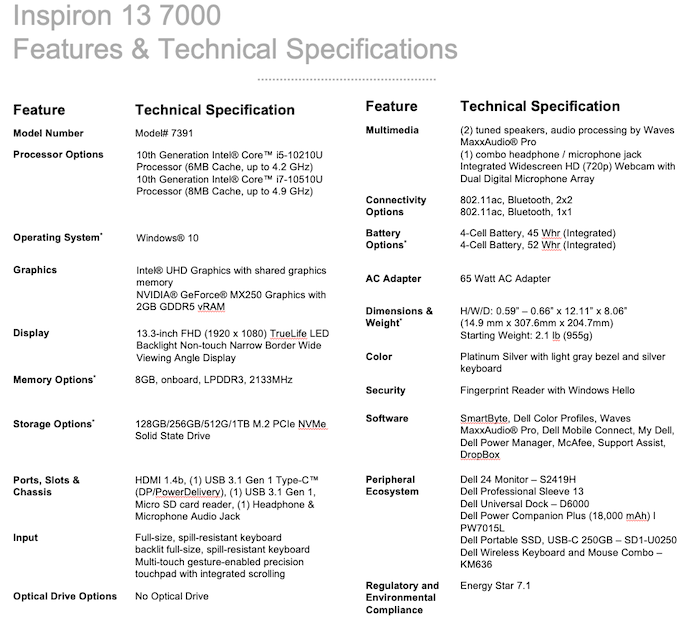

 Quote
Quote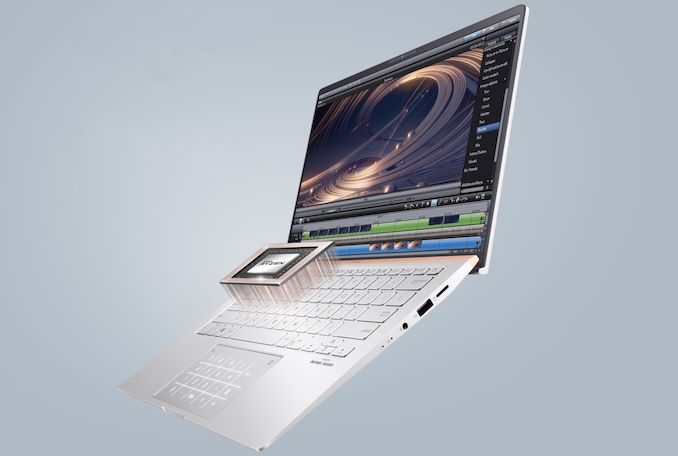

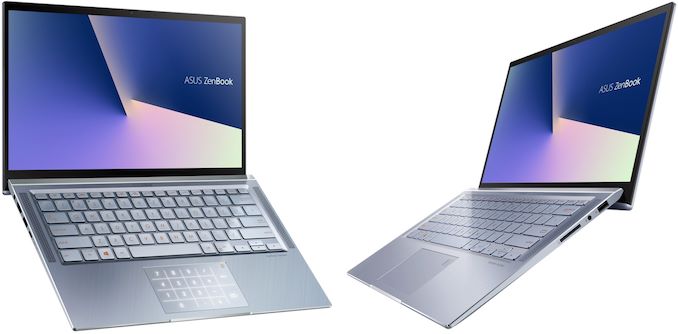


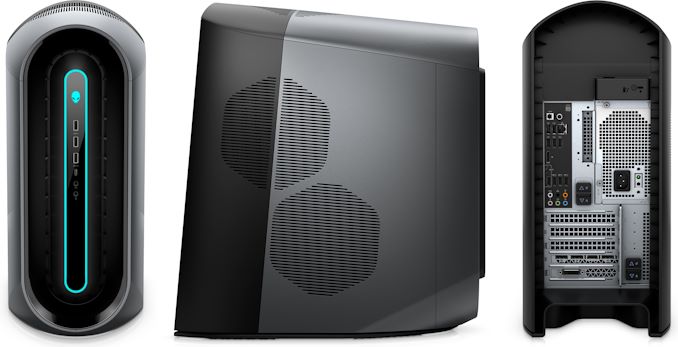
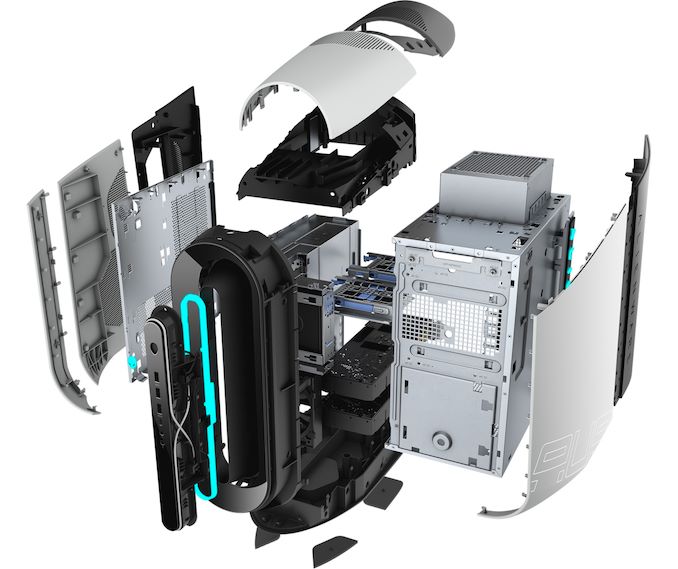
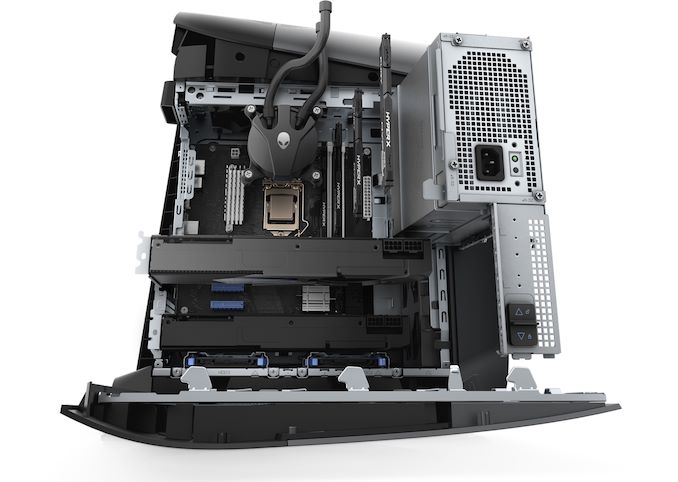
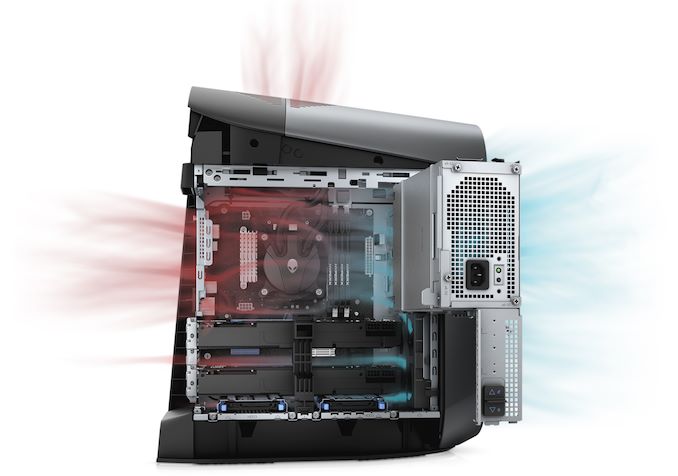
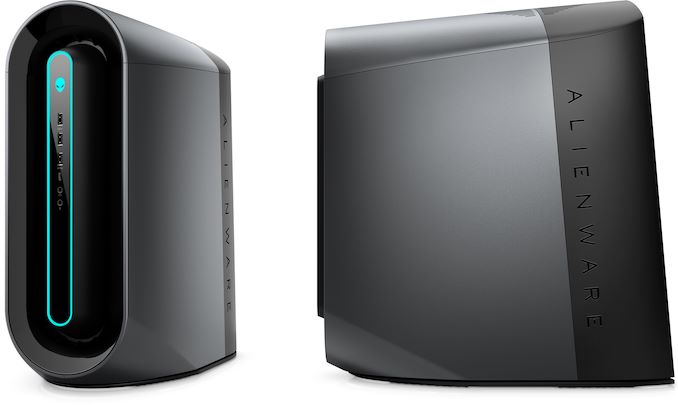
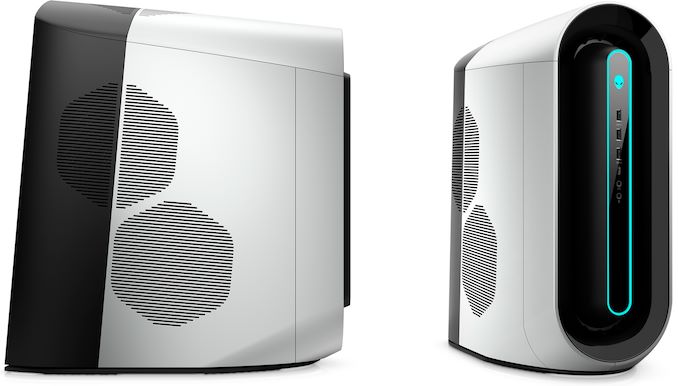
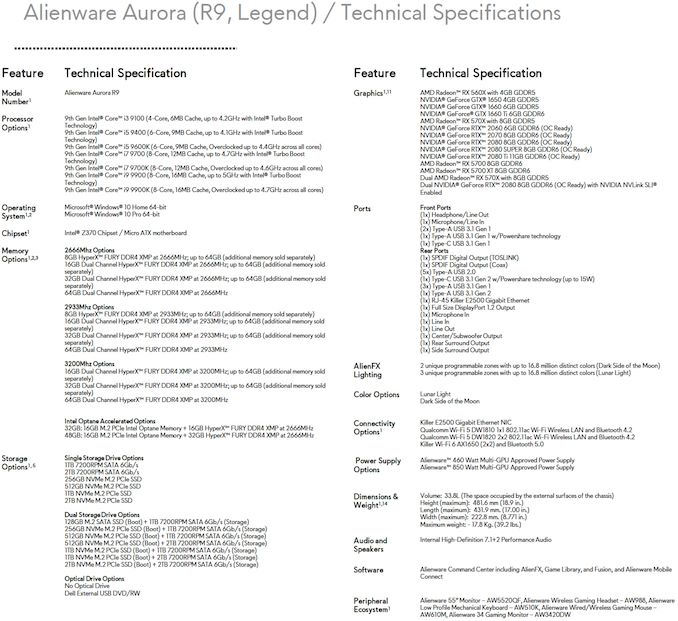
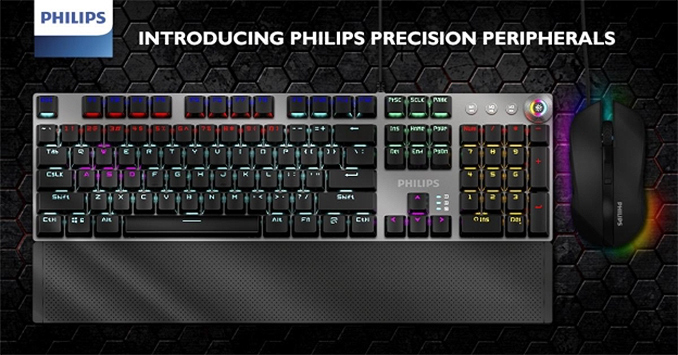
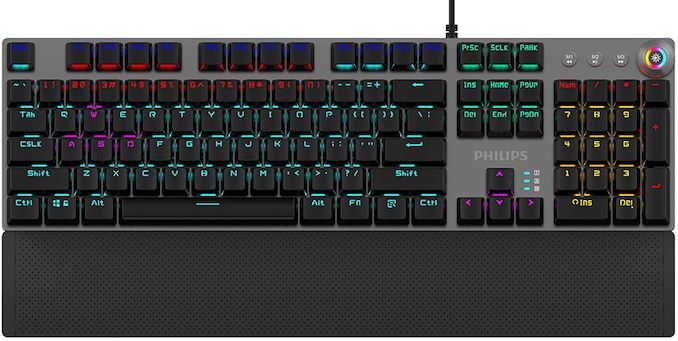

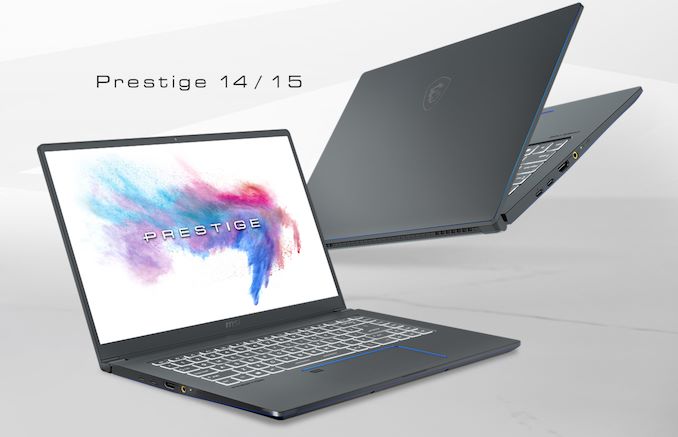
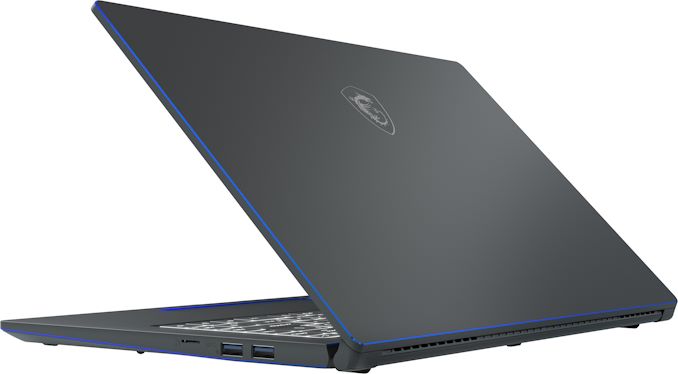
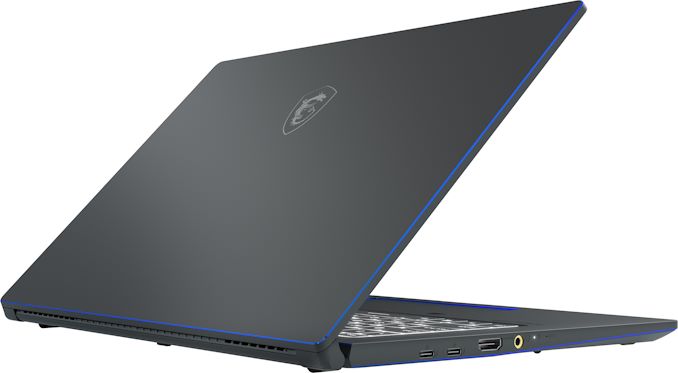
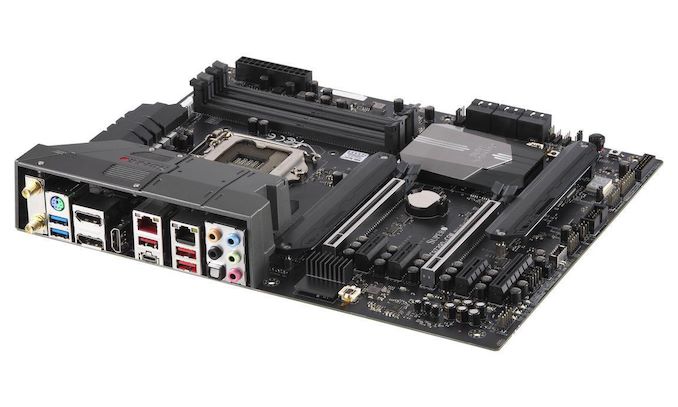

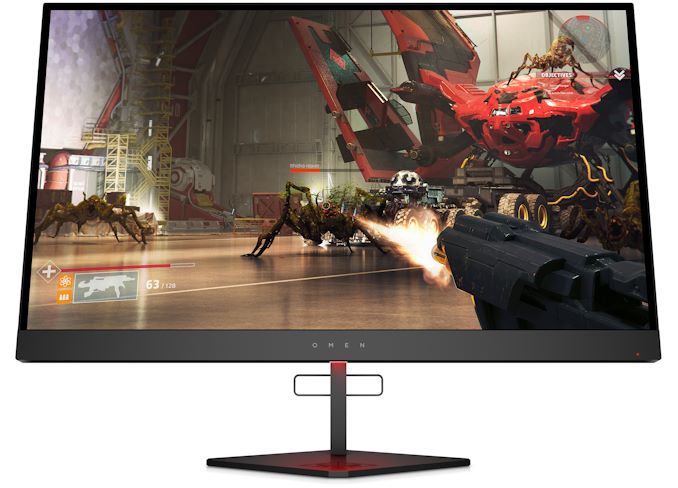
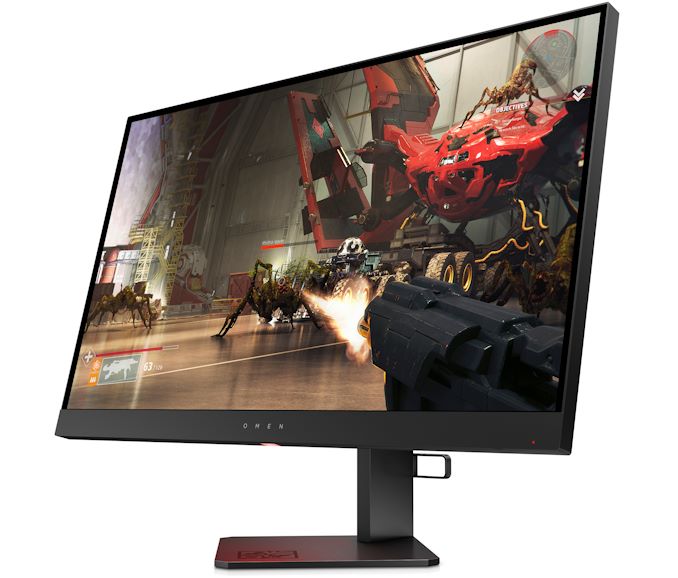
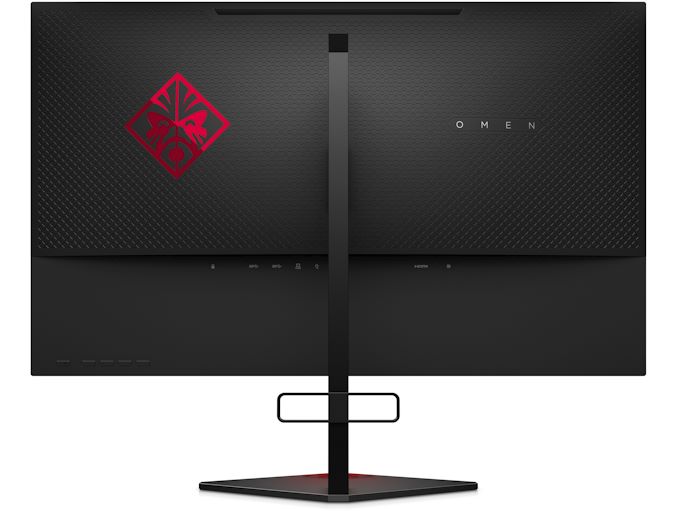
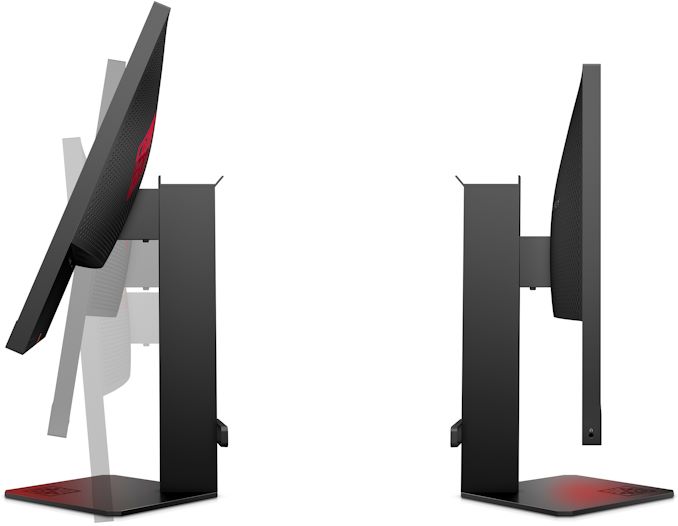
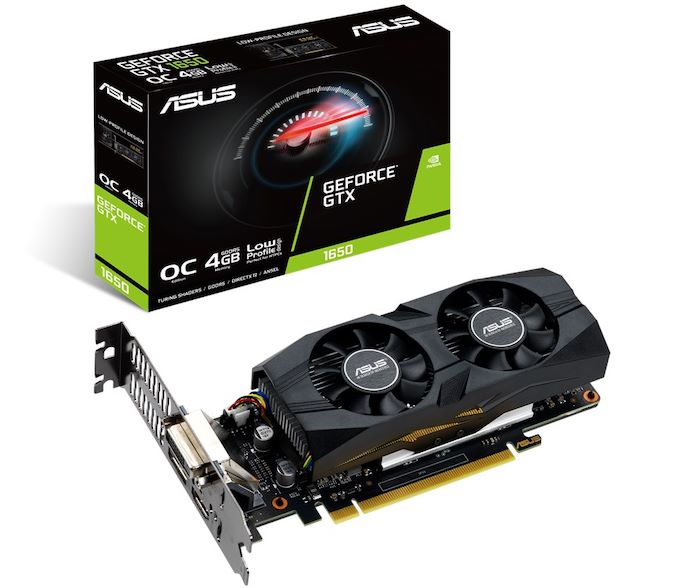
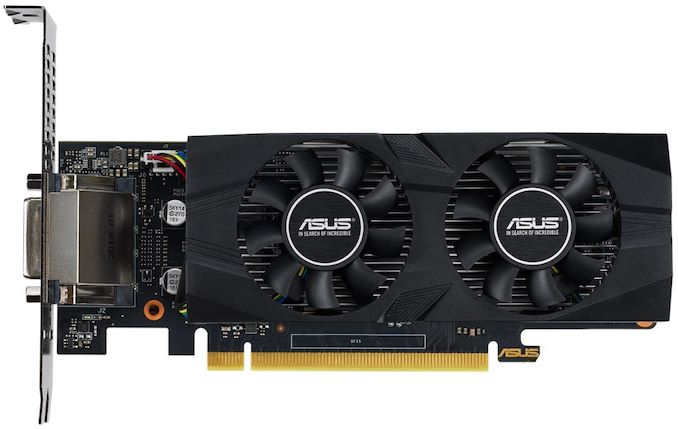
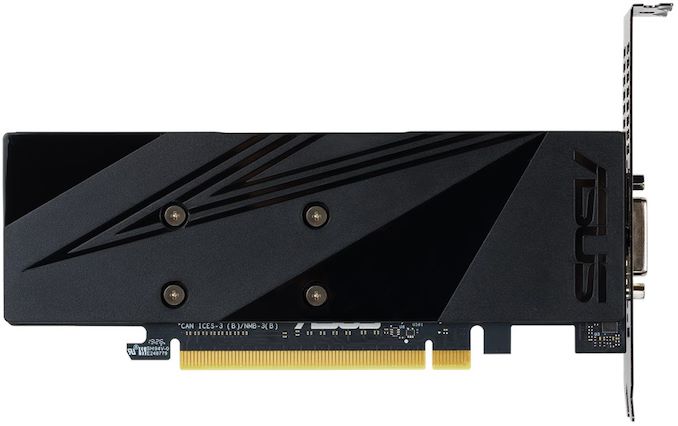
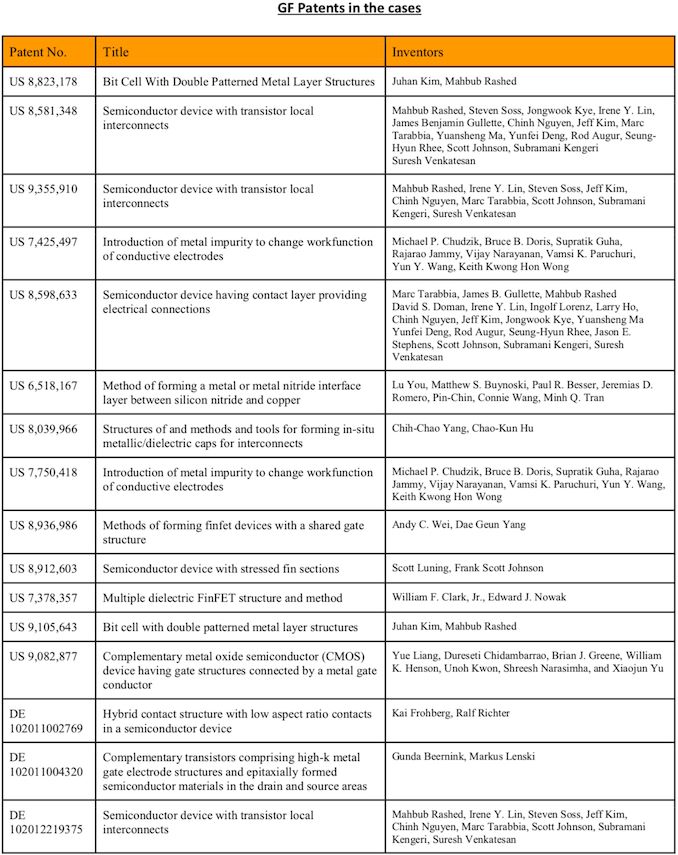


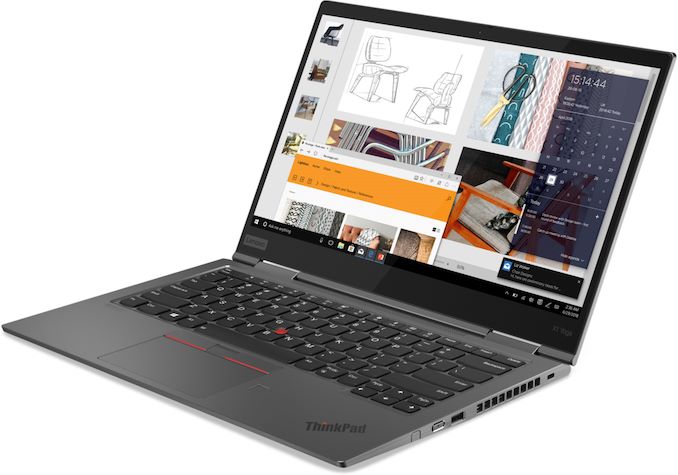
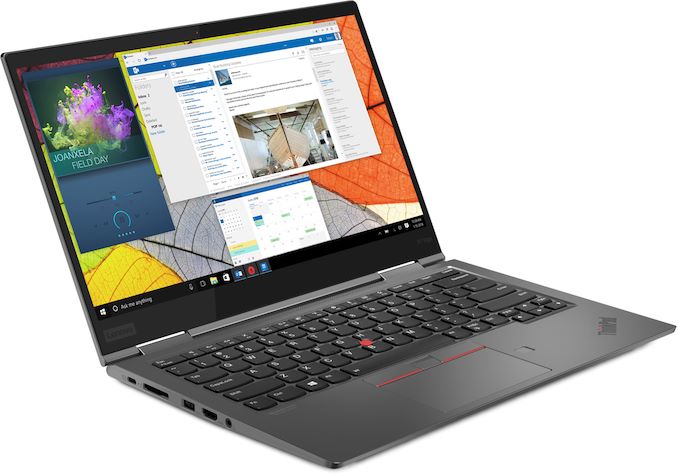
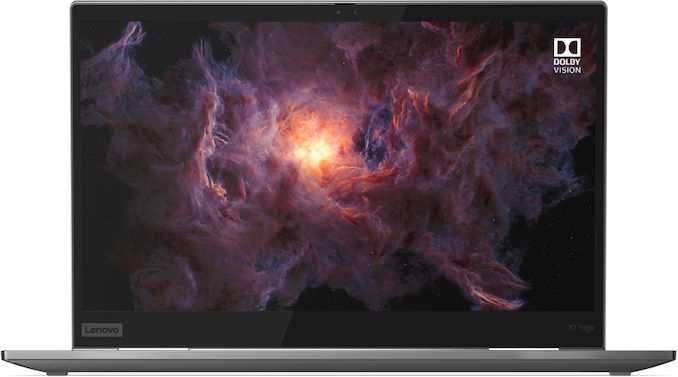
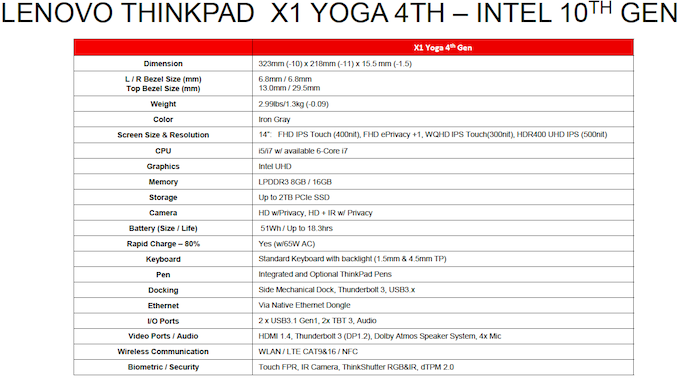
















Bookmarks